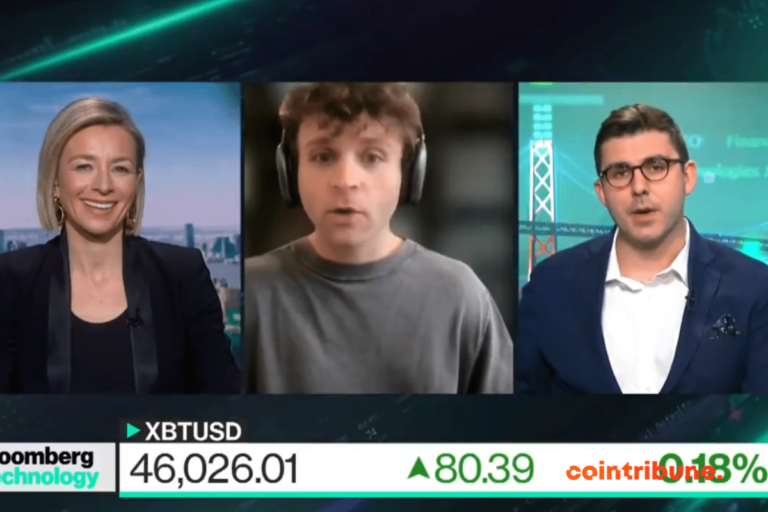
After several months of delay, the MiCA reform, regulating the European crypto market, is adopted. Without a doubt, this piece of legislation marks a milestone in the functioning of the crypto industry in Europe.
The MiCA regulation, a turning point for the European crypto sector?
The Markets in Crypto-assets (MiCA), European Union regulation to regulate the crypto industry, was voted on Thursday, April 20. A reform presented as a decisive turning point for the crypto market.
Indeed, the text of the law now establishes a legal framework to control this sector at the community level. This, in order to protect crypto users, while fighting against money laundering and the financing of terrorism.
In essence, the MiCA regulation imposes binding measures on any crypto firm that wishes to establish itself on the old continent. Thus, crypto service providers are required to have an authorization to operate.
The new law also grants powers to the European Securities and Markets Authority (ESMA) and the European Banking Authority (EBA). Each institution will be able to intervene on the crypto market to restrict, if necessary, the issuance of new tokens.
Furthermore, the MiCA regulation makes crypto companies responsible for any loss of assets resulting from hacking or internal errors. Not to mention that the basic rules of traditional finance will also be applied to them.
The MiCA regulation, a sufficient reform?
It should be noted that the MiCA reform is not the only measure to have been adopted today. The Transfer of Funds Regulation (TFR) also received the green light from MEPs. Under the influence of this text, crypto platforms are now required to provide identification information on the transactions carried out.
Although these two texts together are a game-changer for the crypto industry, it is still insufficient according to some. “Crypto industry players will be able to start applying basic rules of traditional finance. It’s good, it’s better than nothing, is it enough? No ! », says MEP Aurore Lalucq.
Also, some analysts believe that more efforts are needed to curb the illicit use of cryptos. Data published by Chainalysis reveals that illicit crypto transactions reached $21 billion in 2022, half that of 2021.
Receive a digest of news in the world of cryptocurrencies by subscribing to our new service of daily and weekly so you don’t miss any of the essential Tremplin.io!






